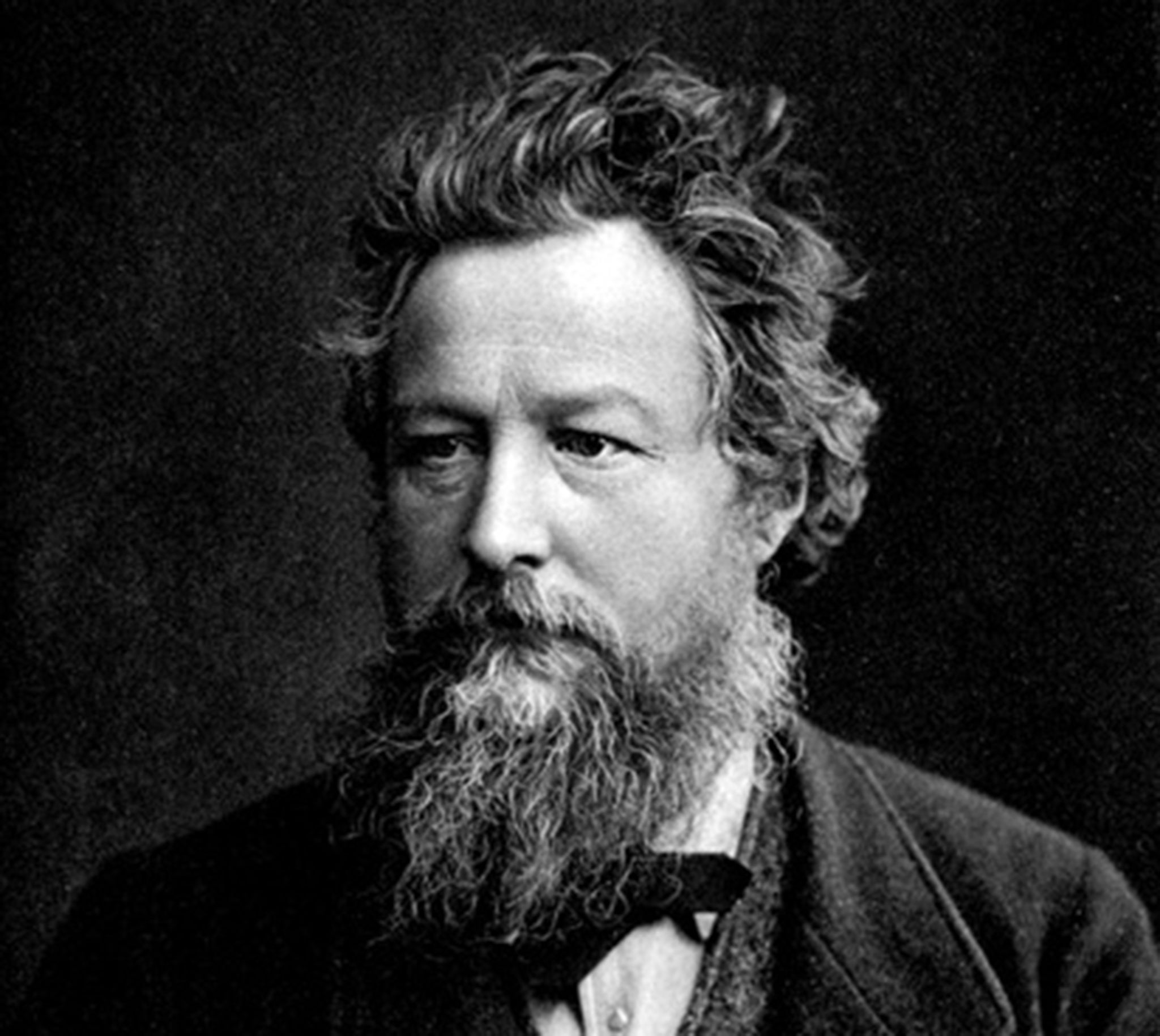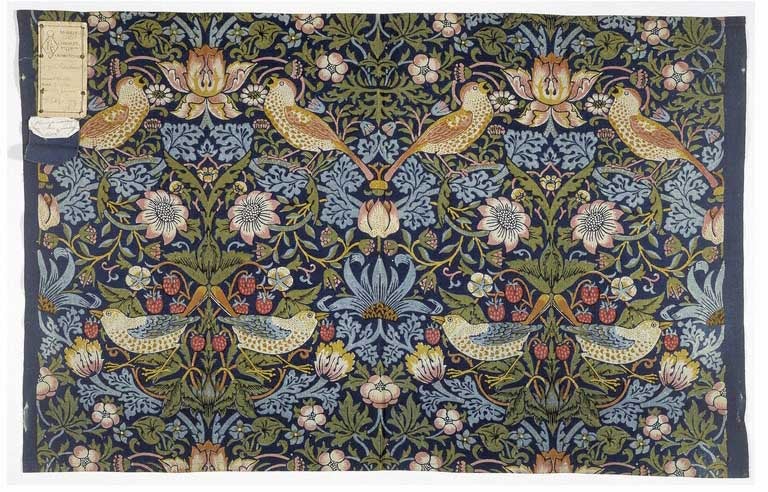William Morris: Who was the artist and textile designer in today's Google Doodle?
'Have nothing in your houses that you do not know to be useful, or believe to be beautiful', said William Morris in 1880

Your support helps us to tell the story
From reproductive rights to climate change to Big Tech, The Independent is on the ground when the story is developing. Whether it's investigating the financials of Elon Musk's pro-Trump PAC or producing our latest documentary, 'The A Word', which shines a light on the American women fighting for reproductive rights, we know how important it is to parse out the facts from the messaging.
At such a critical moment in US history, we need reporters on the ground. Your donation allows us to keep sending journalists to speak to both sides of the story.
The Independent is trusted by Americans across the entire political spectrum. And unlike many other quality news outlets, we choose not to lock Americans out of our reporting and analysis with paywalls. We believe quality journalism should be available to everyone, paid for by those who can afford it.
Your support makes all the difference.The Victorian artist William Morris was born 182 years ago, and Google has marked his birthday with a Doodle.
Most well known for his revolution of textile art, Morris was also a painter, poet and a socialist reformer.
His most famous prints, still seen in wallpapers, cushions and curtains across the UK include the Strawberry Thief (pictured below), Golden Lily Green and Willow.

Here are five things to know about William Morris:
1. His schoolboy nickname was 'Crab'
Born to an upper-middle class family in Walthamstow, London, Morris' eccentricity was apparent very early on, earning him the nickname of 'crab' while studying at boarding school.
As in later life, the young Morris was inspired by visiting pre-historic sites and admiring the architecture and artwork of medieval churches.
2. He was a devoted Socialist
Morris was a prominent figure in the burgeoning socialist movement, founding the Socialist League in 1884.
He travelled round the country making speeches at working mens' clubs, editing political journals and even writing a utopian Marxist novel.
3. Morris led the preservation of historic architecture
He founded the Society for the Protection of Ancient Buildings (SPAG) IN 1877 in response to the destruction of original features of historical buildings in the name of 'restoration'.
SPAG still operates today, teaching the public and professional restorers how to correctly repair historic buildings.
4. He revitalised the traditional arts of dyeing and textile production
Setting up the decorative arts company Morris, Marshall, Faulkner & Co in 1861, Morris studied and re-introduced traditional methods of dyeing and hand printing textiles while also selling tiles, stained glass, furniture and home furnishing to the growing middle classes.
The contradiction became apparent as some of his most devoted patrons were rich industrialists who stood for everything his love of the romantic medieval past and socialist beliefs stood against.
5. He was closely linked to the Pre-Raphaelite brotherhood
Not only did he set up Morris & Co with leading Pre-Raphaelites Dante Gabriel Rosetti, Ford Madox Brown and Edward Burn-Jones, his wife, Jane, was a muse and reputed lover of Rosetti.
Join our commenting forum
Join thought-provoking conversations, follow other Independent readers and see their replies
Comments